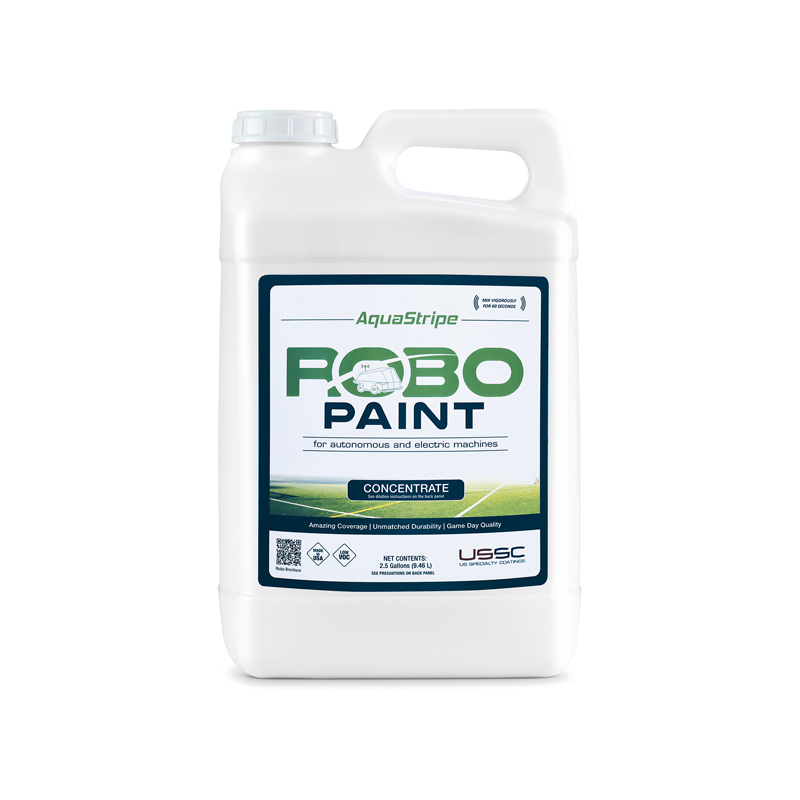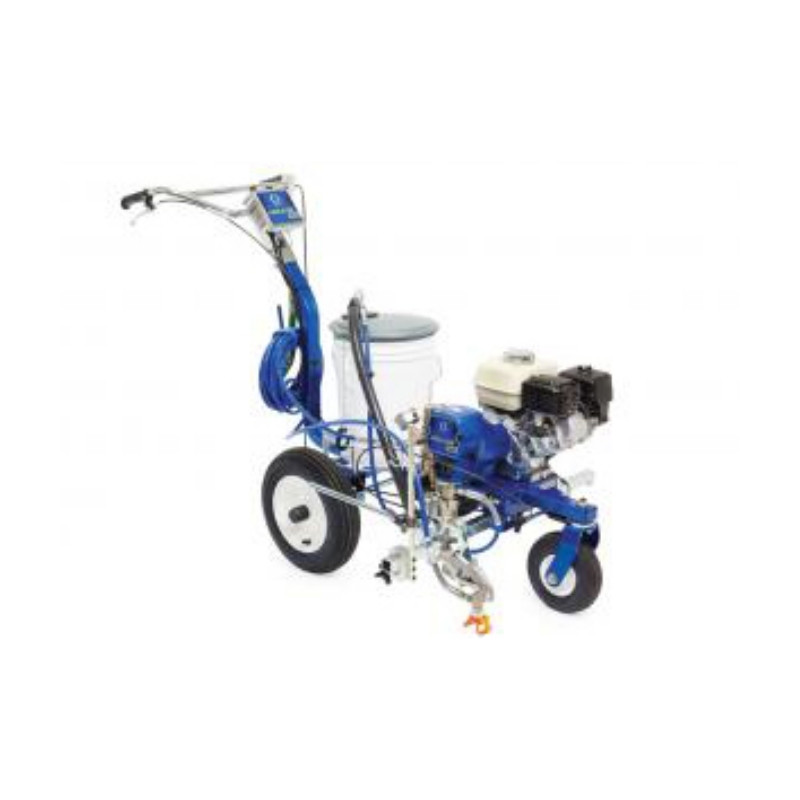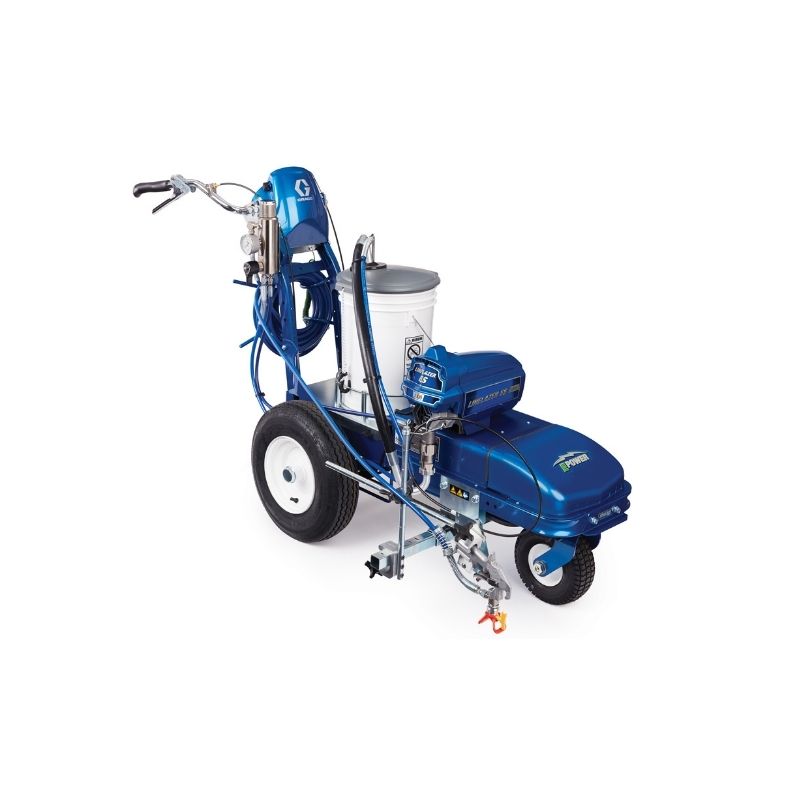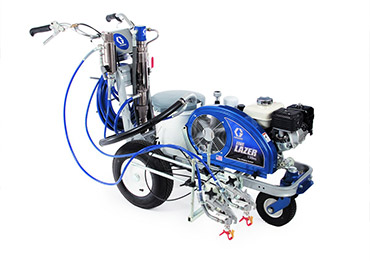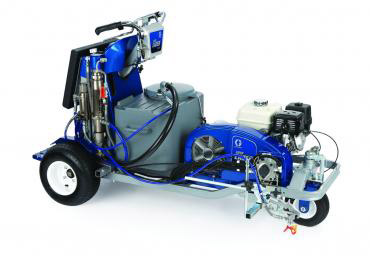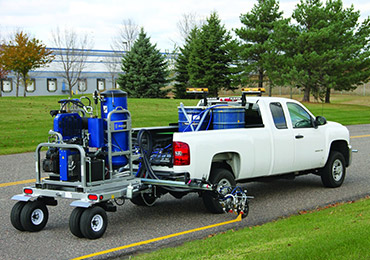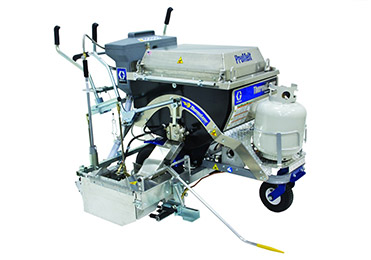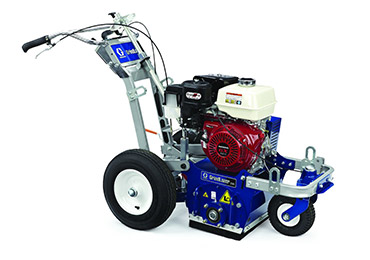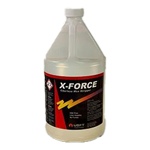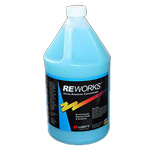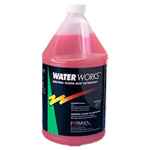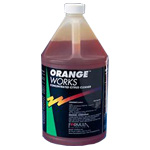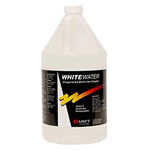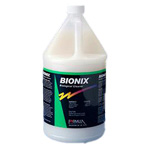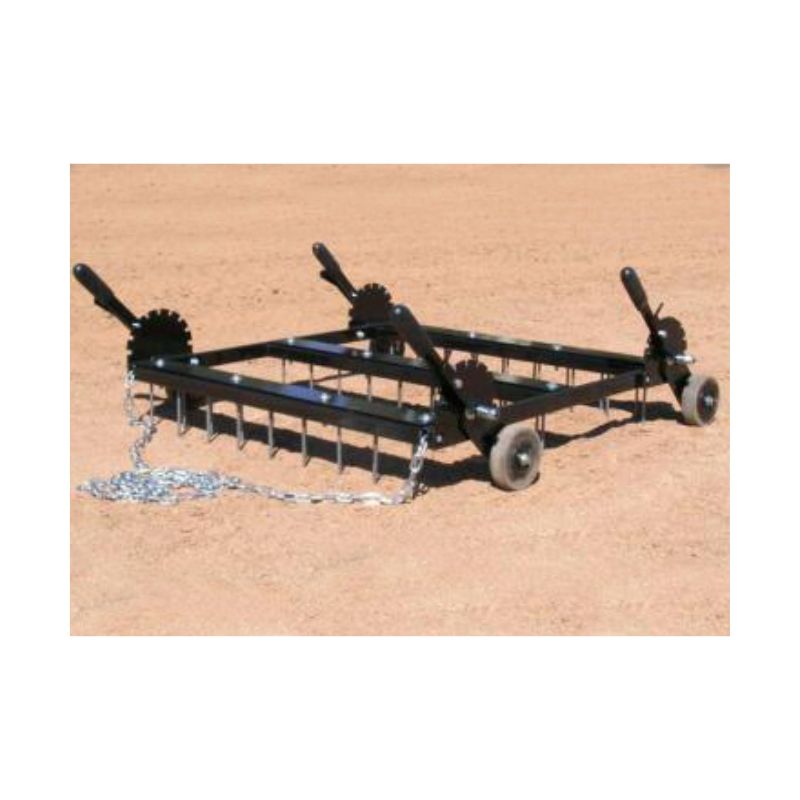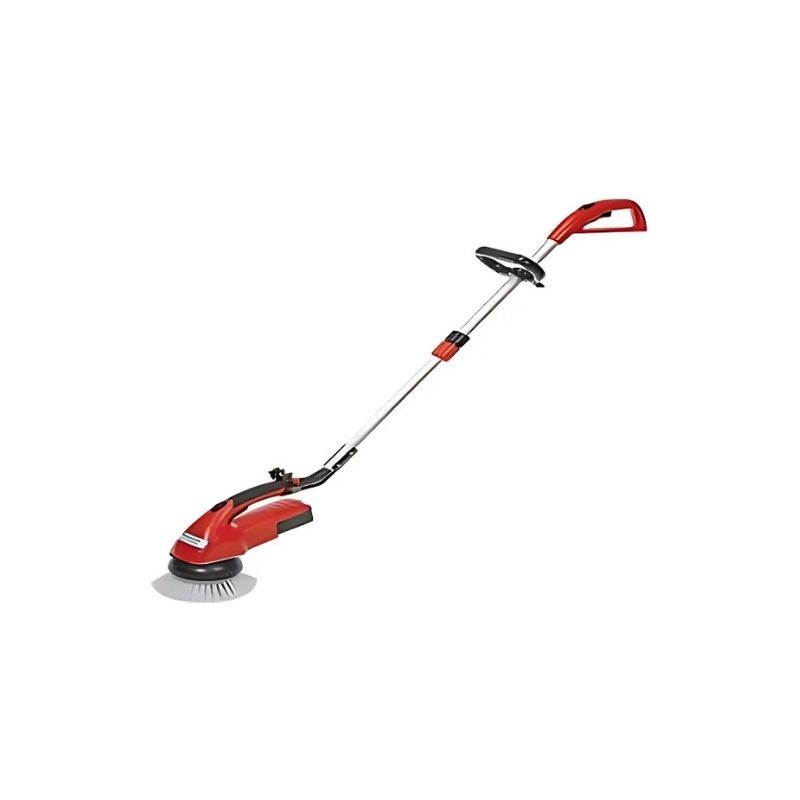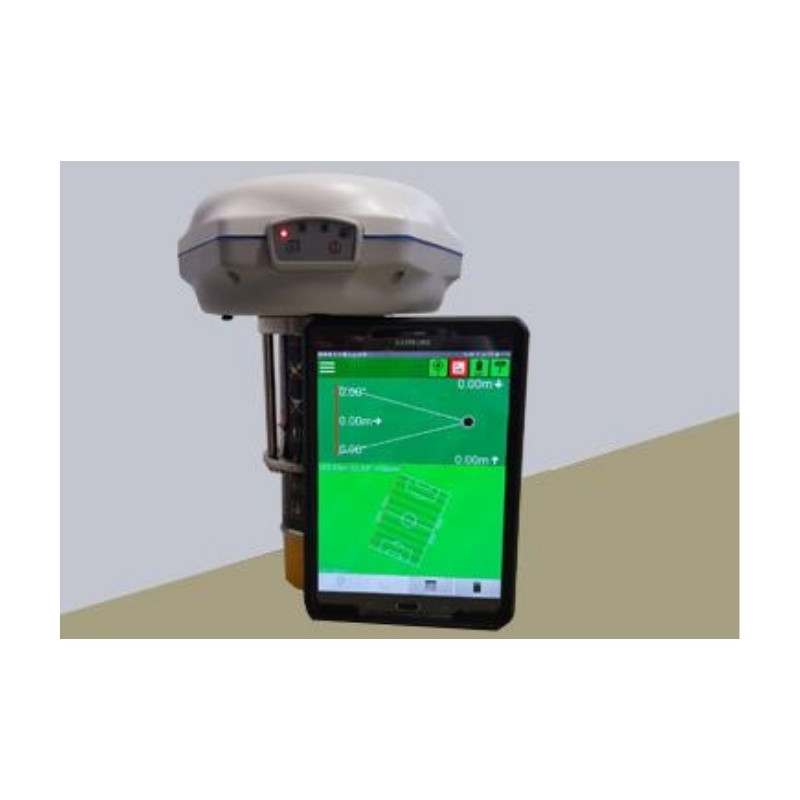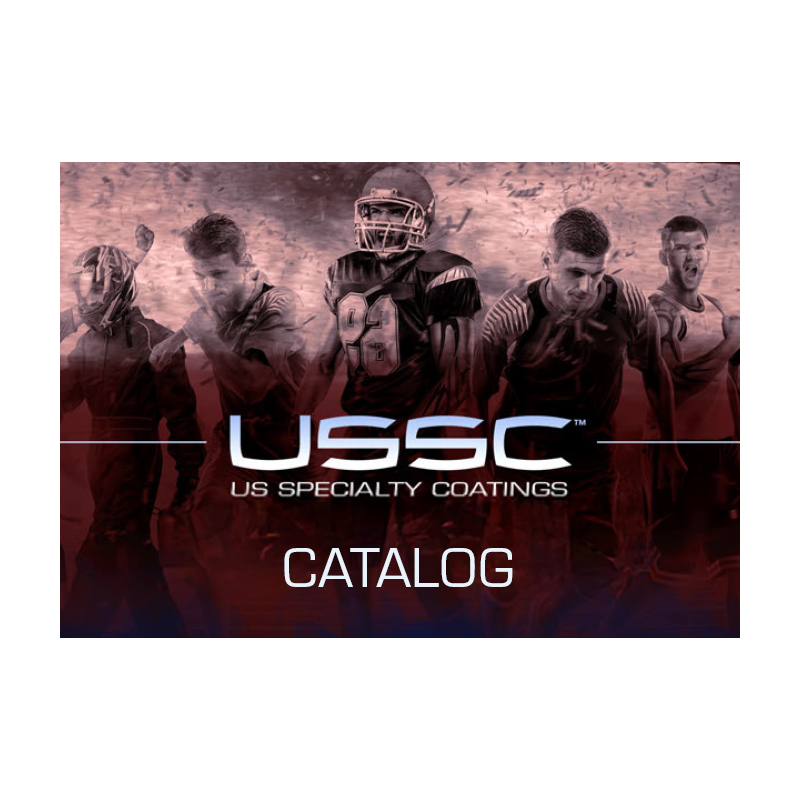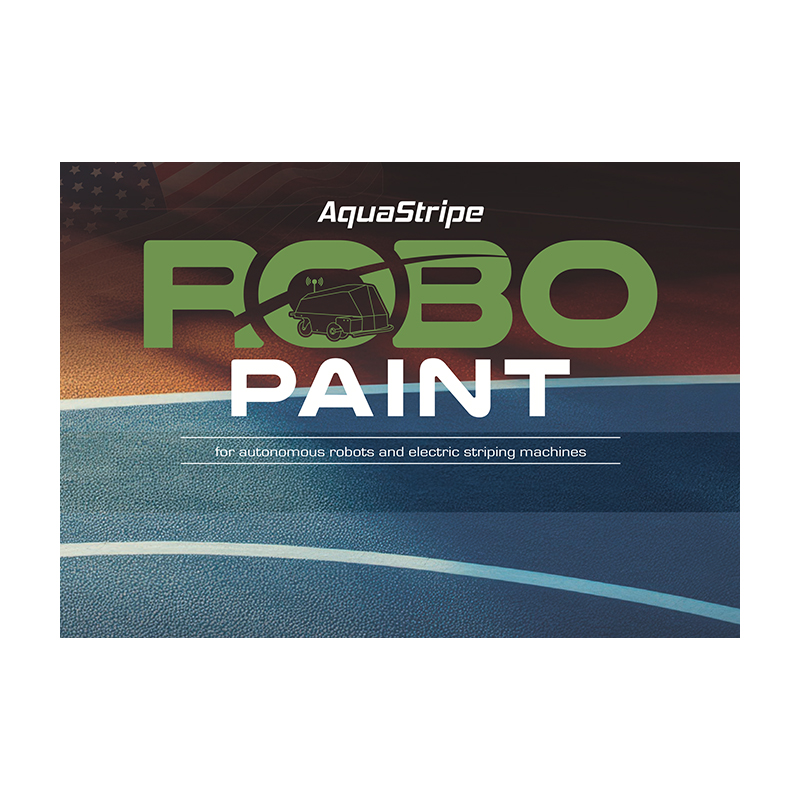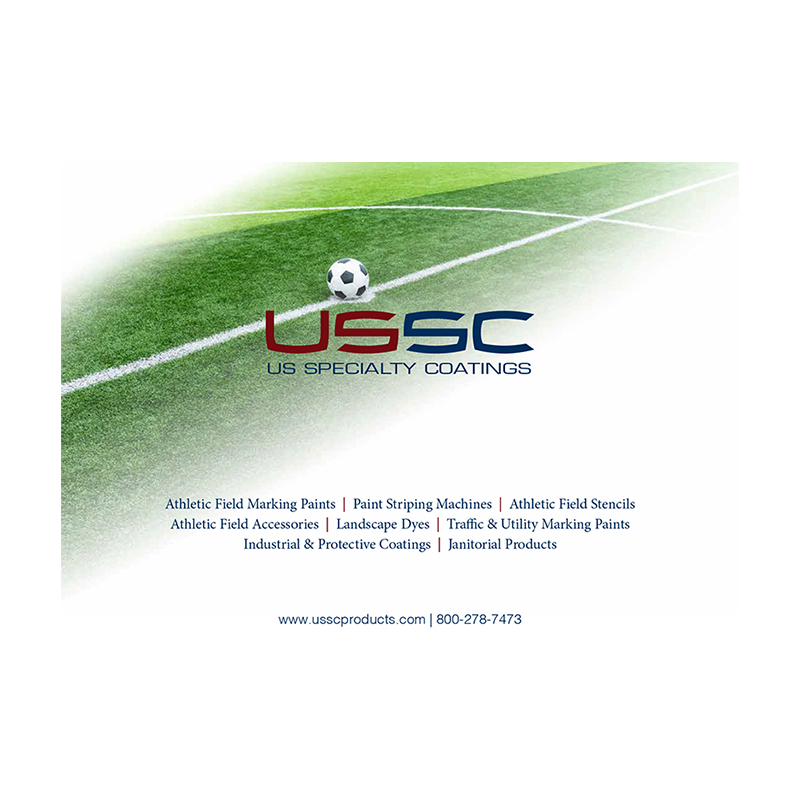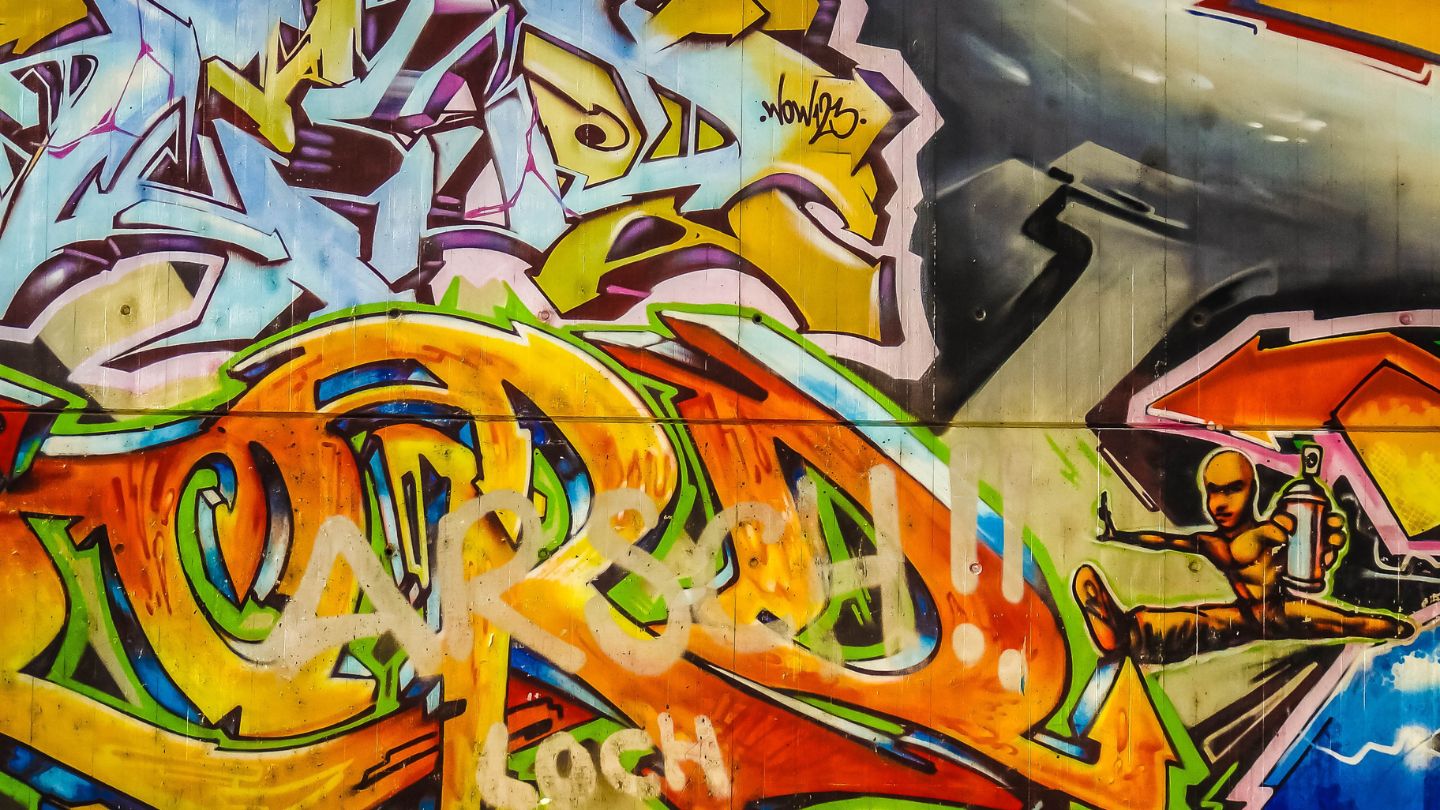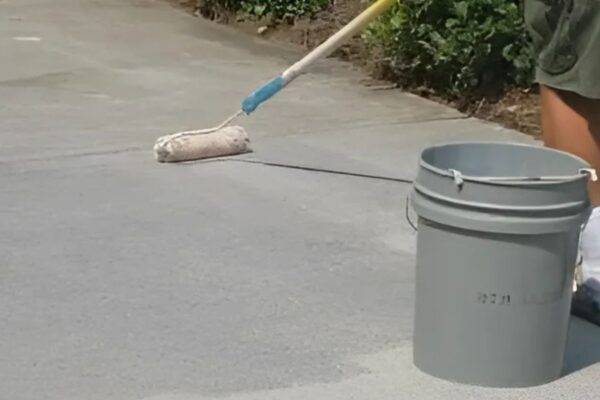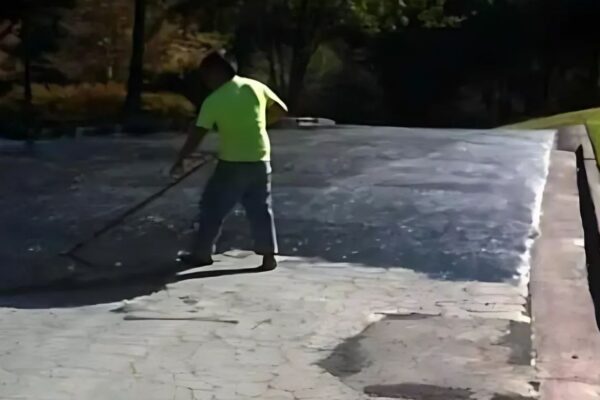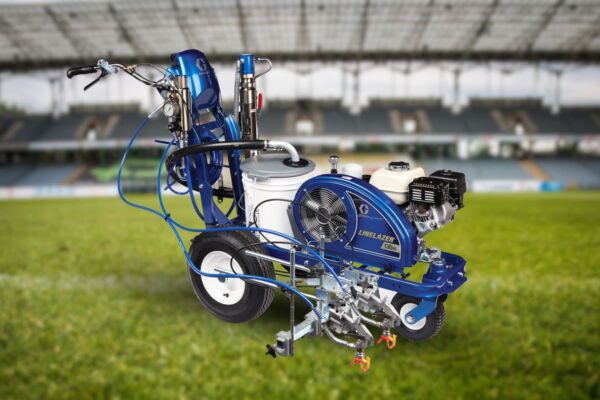Anti-Graffiti Coatings: Safeguarding Public and Private Spaces
Graffiti vandalism harms the appearance and value of public and private properties. Anti-graffiti coatings safeguarding public and private spaces prevent this damage by creating a barrier that makes graffiti removal easy and non-destructive. This blog will discuss the benefits, types, applications, and cost-efficiency of these coatings.
Key Takeaways
- Anti-graffiti coatings prevent paint adhesion, reducing maintenance costs and allowing for easier graffiti removal, thus preserving property aesthetics and value.
- There are two primary types of anti-graffiti coatings: sacrificial, which require reapplication after each use, and non-sacrificial, which provide longer-lasting protection and are suitable for high-traffic areas.
- Selecting the right anti-graffiti coating involves considering surface type, location, exposure to vandalism, and a cost-benefit analysis to ensure effective and economical protection.
The Importance of Anti-Graffiti Coatings
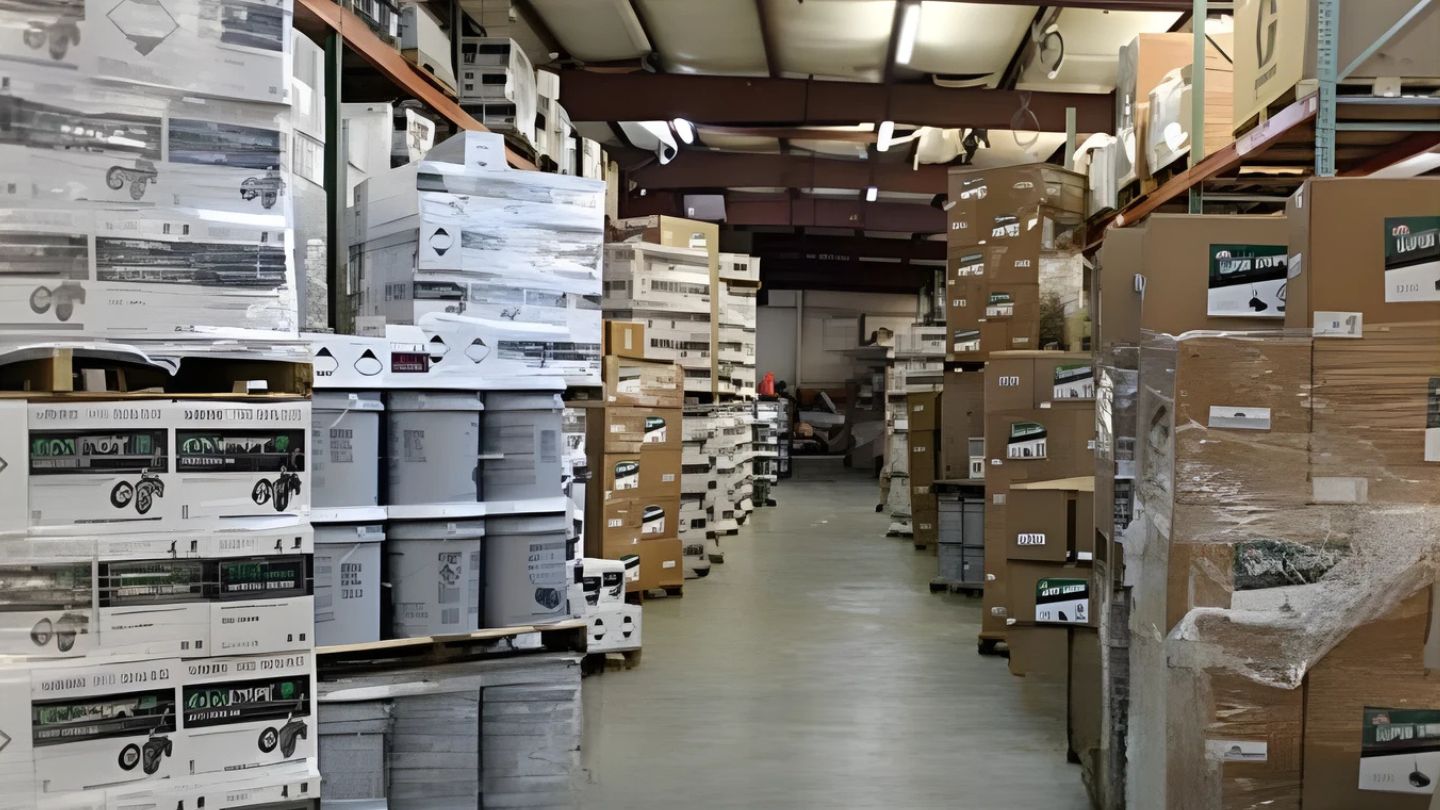
Graffiti vandalism significantly damages the appearance and reputation of properties, leading to high cleaning and repair costs. Beyond the financial burden, the presence of graffiti can result in a chaotic visual environment, detracting from community pride and safety perceptions. In urban areas, frequent vandalism can overshadow genuine street art, leading to graffiti damage, visual blight, and neglect.
Anti-graffiti coatings offer long-term protection, preserving property values and community aesthetics. Investing in these solutions enhances a property’s resistance to graffiti, maintaining its visual appeal and integrity. Invisible anti-graffiti coatings can protect heritage buildings without altering their historical appearance, ensuring both aesthetic preservation and aesthetics.
Anti-graffiti coatings prevent paint from permanently adhering to surfaces, maintaining aesthetic value and significantly reducing maintenance labor and material costs. These solutions ultimately save property owners time and money on cleaning and repairs.
How Anti-Graffiti Coatings Work
Anti-graffiti coatings are specialized surface treatments designed that:
- Prevent the adhesion of graffiti materials to surfaces by creating a barrier that stops paint adhesion.
- Ensure that graffiti does not bond permanently to surfaces, allowing for simpler and less abrasive cleaning methods.
- Facilitate graffiti removal without damaging the surface, preserving the underlying material.
Additionally, these coatings provide anti-graffiti protection and can be enhanced with anti-graffiti treatments.
Effective anti-graffiti coatings possess hydrophobic and oleophobic properties, along with UV resistance and chemical durability, making treated surfaces easier to clean due to their non-porous nature.
Types of Anti-Graffiti Coatings
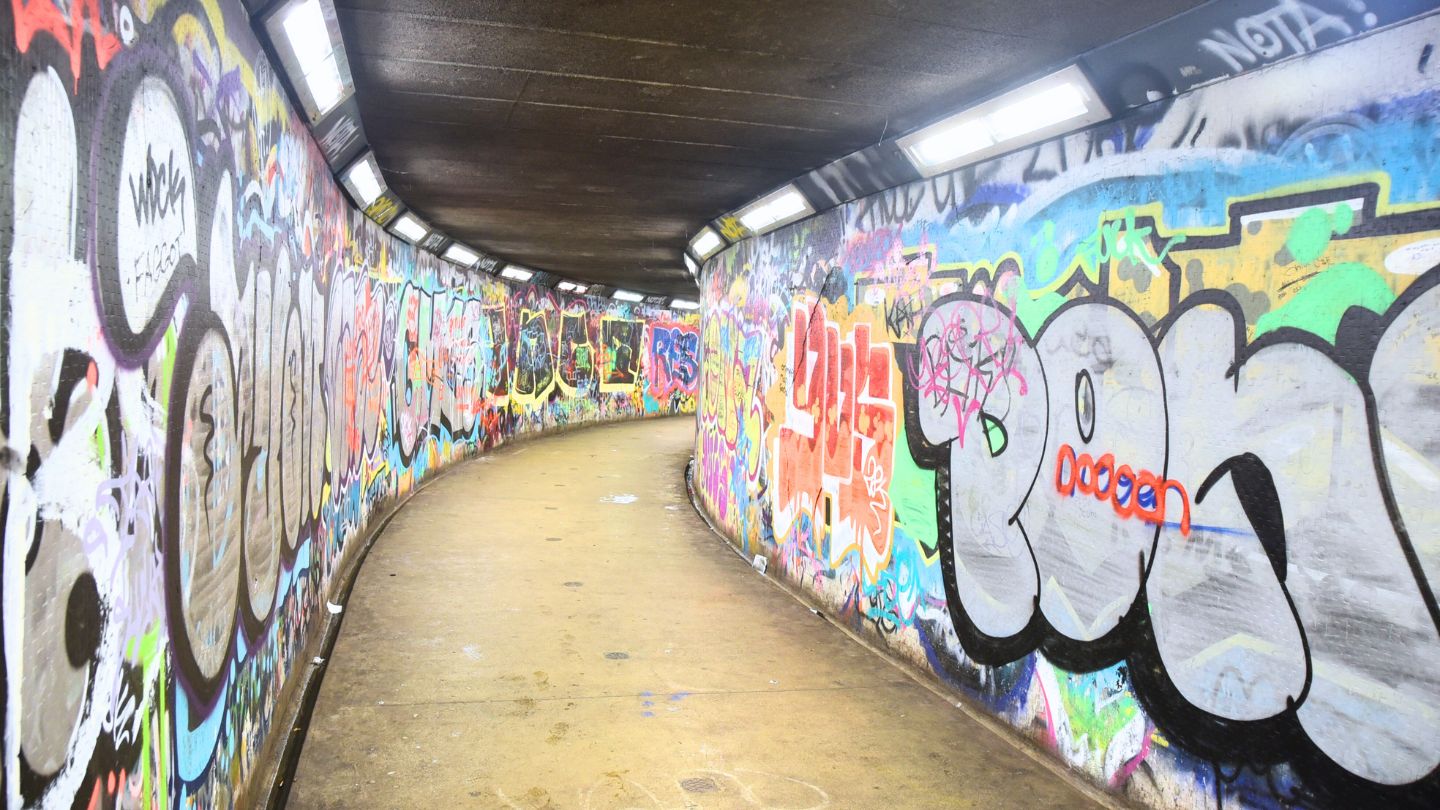
Anti-graffiti coatings can be categorized into three main types:
- Sacrificial: offer temporary protection and require reapplication after graffiti removal, making them cost-effective.
- Non-sacrificial
- Another unspecified type
Each type of coating has its advantages and is suited for different needs and budgets.
Non-sacrificial coatings provide long-lasting protection, making them suitable for high-traffic areas. Understanding the benefits of each type is crucial for determining the right anti-graffiti coating for your needs.
Sacrificial Coatings
Sacrificial anti-graffiti coatings are designed to be removed along with the graffiti, necessitating reapplication each time. These temporary layers offer a cost-effective option for locations where graffiti vandalism is less frequent but still a concern.
Sacrificial coatings typically use low-cost polymers that form weak attachments to surfaces for easier removal. They are ideal for protecting surfaces and ensuring the integrity of protected surfaces where structural integrity must be maintained without harsh chemicals or abrasive cleaning methods. Wax based protective coatings can also play a role in this process.
They provide a protective barrier that is easy to apply and remove, making them suitable for a variety of applications.
Non-Sacrificial Coatings
Non-sacrificial or permanent anti-graffiti coatings have the following characteristics:
- Create surfaces that spray paint cannot adhere to, enabling straightforward graffiti removal.
- They are made from advanced materials like polyurethanes and nanoparticles.
- Enhance durability and resistance to vandalism.
- Allow multiple graffiti removals without degrading the protective layer.
The application of permanent anti-graffiti coatings is usually a one-time process, leading to lower long-term maintenance costs. These coatings can be used on various surfaces. They are suitable for materials such as:
- Metal
- Plastic
- Concrete
- Brick
Advanced technologies for permanent anti-graffiti coatings include fluorinated polymers, siloxanes, and nanotechnology. Although more expensive initially, their long-lasting protection makes them cost-effective for high-risk commercial properties.
Applications in Public Spaces
The use of anti-graffiti coatings has been shown to improve the aesthetic value of public spaces, which can attract more visitors in high-traffic urban areas. Transportation hubs, such as metro stations and bus stops, utilize anti-graffiti coatings to reduce cleaning times and improve public perception.
Highlighting EV charging stations with durable coatings ensures these high-traffic areas remain visible, weather-resistant, and easy to maintain, supporting both functionality and long-term infrastructure reliability.
Protecting Private Properties
The presence of graffiti can deter business, contributing to economic decline in affected areas. Graffiti can make property look neglected, harming commercial interests. Anti-graffiti coatings enhance property values by maintaining the appearance and condition of buildings and structures, helping maintain appearance and value in residential complexes.
Commercial, institutional, and retail sectors utilize anti-graffiti coatings for property value preservation. Educational facilities benefit from anti-graffiti coatings by preserving their reputation and enhancing safety for students.
By maintaining a property’s appearance and signaling active management, anti-graffiti coatings can deter future vandalism, improving safety and the living environment for residents in residential properties.
Cost-Benefit Analysis of Anti-Graffiti Coatings
Sacrificial coatings have a lower initial cost but incur higher long-term maintenance costs due to ongoing reapplication. Non-sacrificial coatings, initially more expensive, offer benefits like an attractive gloss appearance and reduced long-term removal costs. Anti-graffiti coatings provide long-term savings through lower maintenance costs, with property owners reporting up to 50% reductions in cleaning expenses.
Advanced anti-graffiti coatings maintain the visual appeal of public infrastructure while reducing long-term maintenance costs. They can extend the life of the underlying surface, delaying costly repairs and replacements. Evaluating durability requirements based on anticipated vandalism levels is crucial when selecting an anti-graffiti coating.
Comparing the advantages of permanent versus sacrificial coatings can greatly influence maintenance strategies and long-term costs. Considering application and maintenance costs is essential for selecting a cost-effective anti-graffiti solution. Implementing these coatings significantly reduces the need for graffiti removal, resulting in significant cost savings and substantial long-term savings.
Applying asphalt protection strategies with sealants and coatings can extend pavement life, minimize cracking, and improve resistance to traffic and weather, making it a cost-effective approach to surface maintenance.
Choosing the Right Anti-Graffiti Coating
When selecting anti-graffiti solutions, property owners should consider:
- Surface type
- Location
- Exposure to vandalism
- Weighing long-term savings against initial investment
- Coating compatibility with the surface material, as different surfaces may require specific types of coatings for optimal protection.
Using specialty coatings for concrete, wood, and metal surfaces ensures long-lasting protection from corrosion, abrasion, and environmental wear, making them suitable for both indoor and outdoor applications.
Non-sacrificial coatings can be applied to materials like metal, plastic, concrete, brick, and stone. Assessing a coating’s resistance to environmental factors like UV rays and weather conditions ensures long-lasting effectiveness.
Carefully considering these factors helps property owners select the right anti-graffiti coating that meets their specific needs and budget.
Professional Application vs. DIY
For larger surfaces, professional application of anti-graffiti coatings is recommended. Professional services guarantee proper and even application. Contractors can also provide building restoration and cleaning services related to anti-graffiti coatings.
Professionals can guide many property owners on the best anti-graffiti coating type for their property. Using advanced techniques, service providers deliver high-quality results with less labor and fewer chemicals.
Maintenance Tips for Treated Surfaces
Regularly inspecting treated surfaces helps identify early signs of damage surfaces and wear and tear. After graffiti removal, consider the following:
- Inspect for any surface damage needing prompt attention.
- Use compatible cleaning agents to maintain the coating’s effectiveness.
- Ensure coatings facilitate easy graffiti removal, reducing cleaning labor.
Benefits include:
- Regular cleaning prevents buildup on surfaces, preserving the coating’s integrity.
- Hiring experts expedites the graffiti removal process, minimizing visible damage to surfaces.
- Professional services ensure compliance with local graffiti removal regulations.
Sacrificial coatings require reapplication after each graffiti removal to maintain protection. Following the manufacturer’s instructions for cleaning and reapplication is crucial to keeping coatings effective.
Final Thoughts
Anti-graffiti coatings are an effective solution for protecting both public and private spaces, ensuring long-lasting aesthetics and reducing costly maintenance. By understanding the different types of coatings, their benefits, and the importance of professional application, property owners can successfully guard against graffiti vandalism while supporting cleaner and safer communities.
US SPECIALTY COATINGS provides advanced solutions such as concrete protective coating that not only safeguard surfaces but also enhance durability and visual appeal. With professional-grade products designed for long-term performance, property owners can rely on us to maintain the integrity of their buildings and infrastructure.
Frequently Asked Questions
What are the main types of anti-graffiti coatings?
The main types of anti-graffiti coatings are sacrificial and non-sacrificial (permanent). Sacrificial coatings require reapplication after use, whereas non-sacrificial coatings provide long-lasting durability.
How do anti-graffiti coatings work?
Anti-graffiti coatings effectively prevent permanent adhesion of graffiti to surfaces by forming a protective barrier, facilitating easier removal. These coatings exhibit hydrophobic and oleophobic properties, along with UV and chemical resistance.
Can anti-graffiti coatings be used on all surfaces?
Anti-graffiti coatings can be utilized on a wide range of surfaces such as metal, plastic, concrete, brick, and stone. However, it is crucial to select a coating that is compatible with the specific material to ensure effective protection.
What are the cost benefits of using anti-graffiti coatings?
Using anti-graffiti coatings, particularly non-sacrificial types, can lead to substantial long-term savings by significantly lowering maintenance and cleaning costs, with property owners experiencing reductions of up to 50% in cleaning expenses. This makes such coatings a financially sound investment for property protection.
Should I hire a professional to apply anti-graffiti coatings?
Hiring a professional to apply anti-graffiti coatings is advisable, particularly for larger surfaces, as they ensure proper and even application and can recommend the most suitable coating for your requirements.








